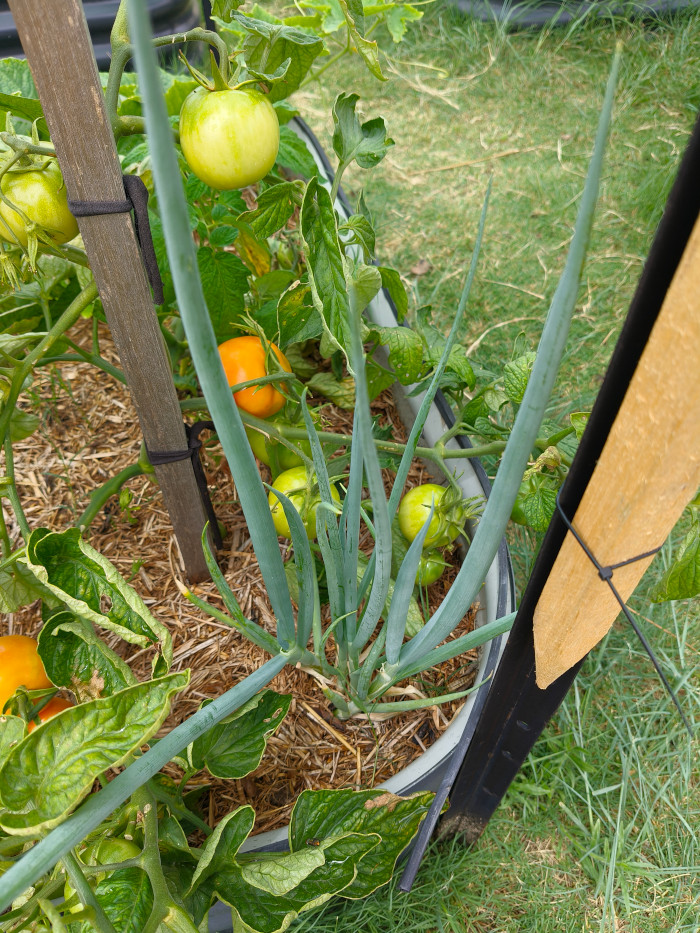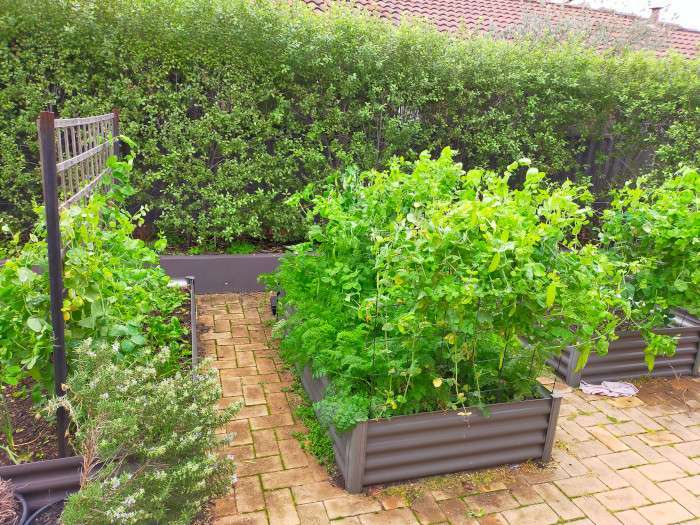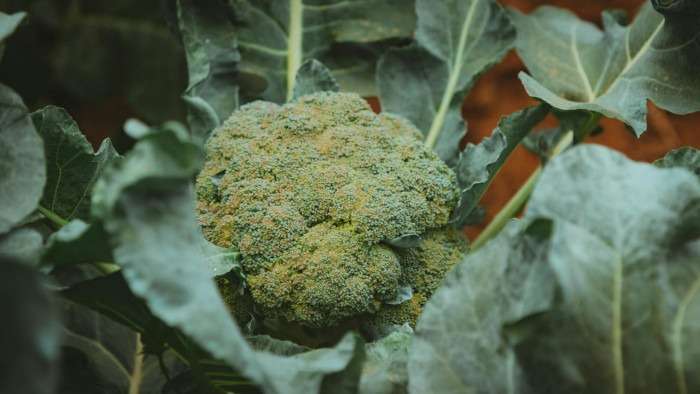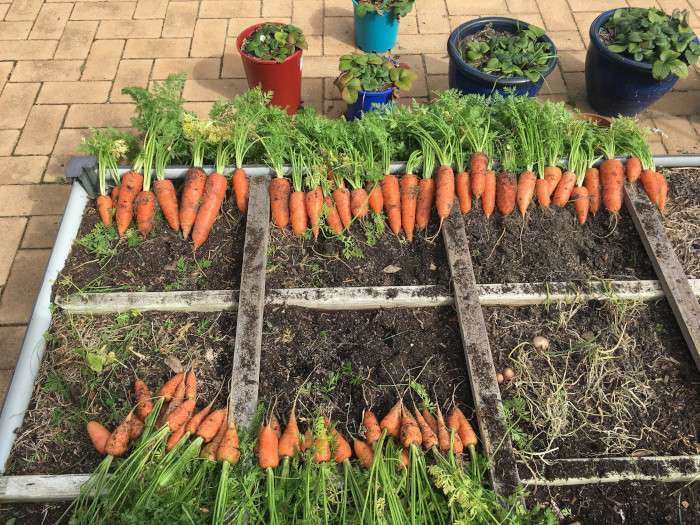Ever bought a bunch of spring onions at the store, only to watch them go bad before you could use them all? It’s a bit annoying—and wasteful. But what if you could grow your own spring onions and enjoy a continuous supply of fresh spring onions from just one bunch?
That’s exactly what I started doing years ago to always have spring onions on hand for my weekly staple—tomato and egg stir-fry over rice. Growing spring onions is surprisingly easy and doesn’t require much space or experience.
Today I want to show you how you can always have fresh spring onions on hand with minimal effort.

How to Grow Spring Onion From Cuttings
You can grow spring onions from scraps or cuttings as long as the root system is intact. Simply plant the root in the soil, and it will regrow new shoots. This method is my favourite because it’s super easy—use what you need for cooking, then plant the leftover root, and you’re good to go.

I usually water mine after planting, but honestly, I’ve stuck them in the ground without watering, and they still grow. There’s no need for fertilizer or any special care, making this the easiest way to enjoy fresh spring onions.
How to Grow Spring Onion in a Pot
You can use the same principle to grow spring onions in pots, which is handy for keeping them indoors for easy access when cooking. Choose a free-draining potting mix with good nutrients to help the shoots regrow for longer.
Spring onions don’t need a large pot—just enough space for the roots to spread. Water them only when the soil feels dry, as this will reduce the chance of root rot. While they like some sunlight, they may need a bit of shade from the afternoon sun if you’re in a very hot climate. If you’re growing indoors keep them near a sunny window or a skylight.
While they aren’t heavy feeders, keeping them in a nutrient-rich soil ensures the best results—after all, we want them to grow their best, right?
How to Grow Spring Onion in Water
An alternative method would be to grow spring onions in water using a shallow, wide container. Something heavier on the bottom is good because it will help stop the plants tipping over.

You don’t need much water—just enough to cover the roots and keep them moist. Change the water whenever you remember to keep it fresh, but don’t stress too much about it.

One downside to growing in water is that there are no nutrients compared to planting in soil, so you might need to add a liquid fertilizer now and then. There’s also a chance the roots could develop rot eventually, especially if the water isn’t changed often enough.
Caring for Spring Onion
Spring onions require very little care to thrive. If you want them to grow quickly and large, plant them in an area with plenty of light—at least 6 hours a day.
Water them every so often, at least twice a week if grown outdoors, or once a week if growing indoors as a guideline. However, they are quite drought-tolerant, so don’t stress too much about this. If it rains a lot in your climate, you might not need to water them at all.
I’ve had success growing them in just sand, but for bigger leaves and better growth, it’s best to plant them in soil with plenty of nutrients.
How to Harvest Spring Onion
You can harvest spring onions whenever you need them. I like to choose the largest leaves and cut them near the base of the plant with scissors. This helps keep the plant smaller and prevents the leaves from flowering and going to seed.


New growth will either sprout from the area where you cut or from somewhere else on the plant, so you can use a cut and come again harvesting style to enjoy fresh spring onions all season long.

Spring Onion Pests and Diseases
Spring onions generally don’t get many pests or diseases. The only trouble I ever have is with aphids. You’ll know you have a problem when you see tiny little black dots all over the onions, especially in the cracks and crevices.
If there aren’t too many aphids, you can simply spray them off with a hose. For more severe infestations, you can use a horticultural spray to suffocate them without harmful chemicals.
If you have heavy aphid pressure, insect netting can help prevent infestations in the first place. Any time I deal with insect pressure, the best defence is always a mechanical barrier like netting, which is practically guaranteed to work.
Conclusion
Growing spring onions is an easy, sustainable way to ensure a continuous supply for your kitchen. Whatever method you choose, it’s a cheap and low-maintenance process. Just make sure they get plenty of light and keep an eye out for aphids. Otherwise, you’ll be set to enjoy fresh spring onions whenever you need them, cutting and coming again as often as you like.
Whats you favourite method of growing spring onions? Let us know in the comments.


